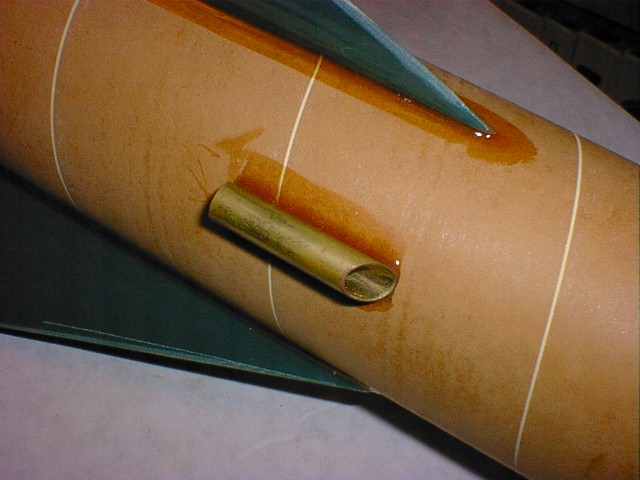Rocket Parts
Scientific Method
Vocabulary
What if?
All about engines
100
This produces thrust, which launches the rocket into the air
Engine
100
"Engines with more fuel turned out to fly longer"
Draw a conclusion
100
The force pushing down and out of an engine
Thrust
100
What happens if there is no wadding in your rocket?
Parts may melt or catch on fire
100
Escaping gas produces downward ________
Thrust
200
Reduces drag by "slicing" through the air.
Nose cone
200
"What is the effect of number of fins on flight time?"
Ask a question
200
The basic metric unit of weight
Gram
200
What if there is no blocking ring, or the blocking ring is installed incorrectly?
The engine may shoot through the nose cone
200
The burst that fires through the top, releasing the nose cone and streamer.
Ejection charge
300
Provide stability and aerodynamics. Usually contains 3-5.
Fins
300
"I think rockets that have weak glue will not fly as well because the fins may fall off"
Form a hypothesis
300
For every ________ there is an equal and opposite ________
ACTION REACTION
300
What if the alligator clips touch before reaching the igniter?
The engine may fail to ignite (or cause a spark in the wrong place)
300
How long is the delay time on an engine labeled: B6-4?
4 seconds
400

Shock Cord
400
* You turn in your lab report and data
Communicate Results
400
An object's resistance to movement
Inertia
400
What if a parachute was used instead of a streamer?
Flight time would increase and it would fall more slowly.
400
Which engine contains more fuel?
A8-3, B6-4, or C5-5
C5-5
500

Launch Lug
500
* You launch your rockets and write down data
Test hypothesis
500
The velocity (speed) needed to escape the gravitational pull of a planet (Earth)
________ _________
Escape velocity
500
What if the fins are glued on at different angles?
The rocket may not fly straight
500
Which engine contains fuel with the most thrust?
A8-3, B6-4, or C5-5?
A8-3